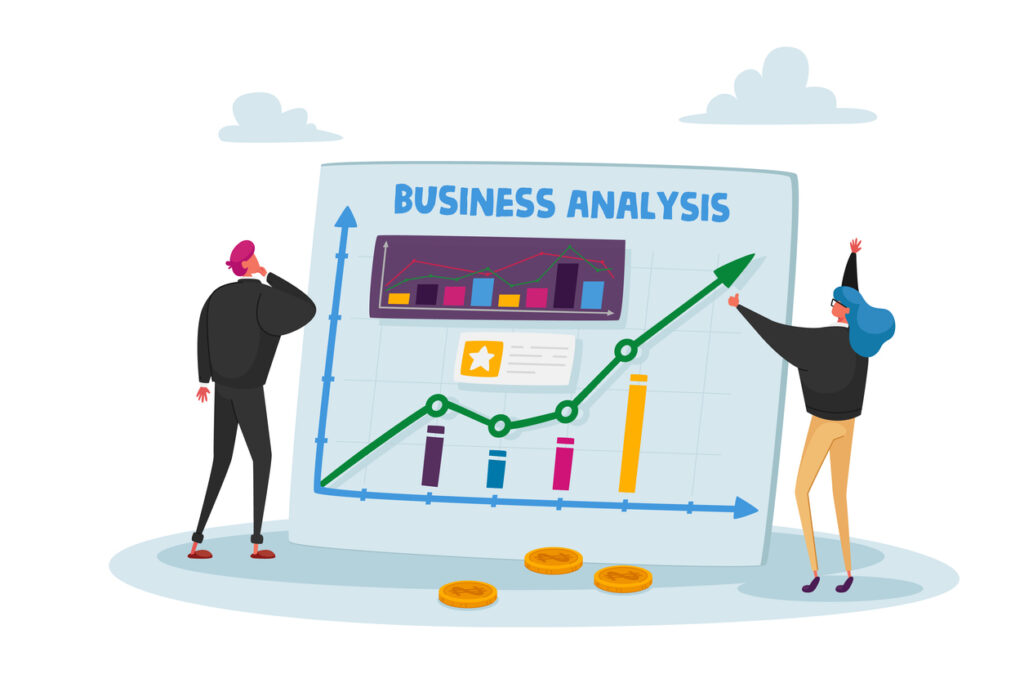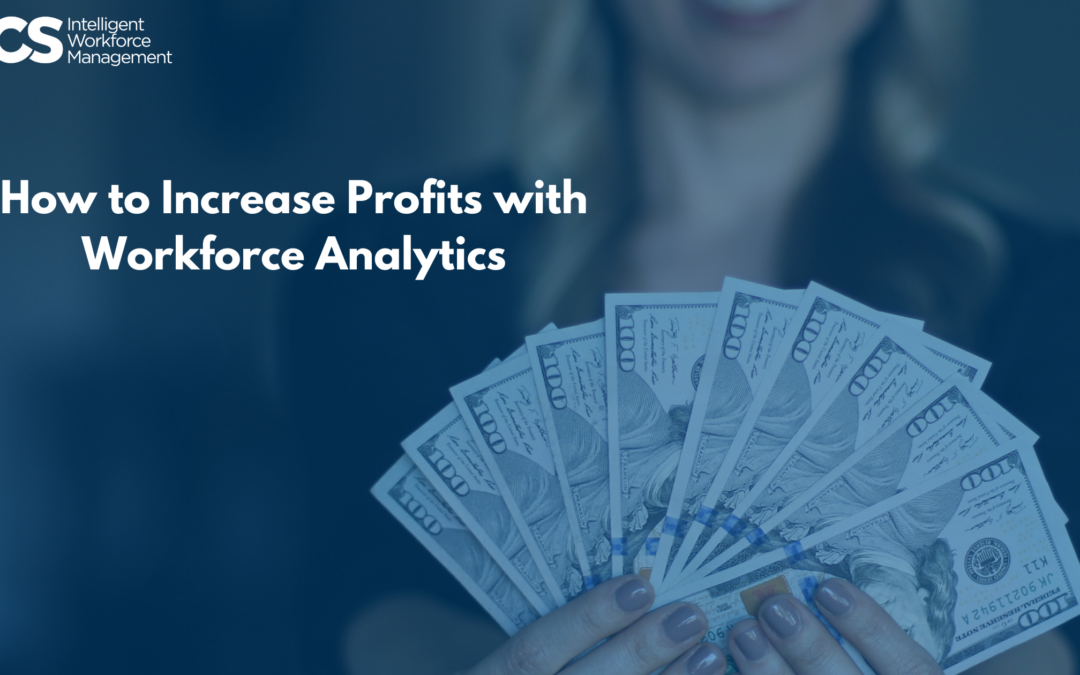To remain relevant among other competitors in the industry, keeping up to date and analyzing both HR and business data is a must. Failure to do so will only slow growth and productivity, as older paper-based analytics systems often result in poor decision-making rooted in guesswork.
The benefits associated with adopting workforce analytics are well documented. According to a 2020 Forbes article that gathered 13 opinions of workforce analytic benefits, John Feldmann from Insperity stated:
“Bad hiring decisions cost employers up to 30% of an employee’s first-year earnings. Therefore, anything that can be done to ensure the right employee is hired for a role the first time will save employers money. By leveraging big data, employers can determine what qualities make an employee successful in a role, then filter through thousands of resumes to identify the most qualified candidates.”
Bottom line, it is essential for businesses to gain insights on important workforce data that they can easily understand and access in order to maximize profits.
How Workforce Analytics Influence Business Decisions

These are some of the top reasons why workforce analytics are worth the extra effort and resource allocation:
Understanding Shifts in Historical Patterns: Workforce analytics software can allow organizations to search for patterns, allowing to understand which trends will remain steady, and which trends will no longer continue. Ultimately, this information can help decision makers understand which programs are currently working.
Workforce analytics not only focuses on gathering relevant employee data, it also aims to provide fresh perspectives into each process by using data to make informed decisions and improve business performance.
Eliminating Guess Work: With workforce analytics, organizations and their HR departments will be able to consistently make educated decisions about what is likely to happen in the future, regarding HR trends. Analyzing workforce metrics can help determine the “cause” for a specific problem, often suggesting possible solutions.
For instance, is an increasing turnover rate symptomatic of a wider issue? Or can metrics be used to discover that higher turnover is occurring only in one particular division? Using this information, analytics can review whether this is an issue that needs to be addressed company wide, or only in a specific department.
Prepare Plans & Mitigate Problematic Situations: With the current fast-moving business climate, there are numerous opportunities to be caught off-guard by unforeseen events. With workforce analytics, alert managers of upcoming trends in advance, giving them time to prepare a plan to appropriately handle any upcoming issues.
Also, warn decision makers about upcoming talent opportunities in the recruiting marketplace, making it easier to fill jobs with top talent. Have the ability to dramatically decrease costs by mitigating problems before they escalate.

Important Workforce Analytics to Measure to Improve Profits
No matter how an organization is using workforce analytics to benefit themselves with useful data, it is strongly recommended to focus on three fundamental HR areas—Turnover, Recruiting, and Employee Performance—before moving on to more advanced workforce metrics.
- Turnover: Identify who is leaving the company voluntarily and why. Is it related to onboarding, training or management issues? Do functions account for a large portion of the overall turnover rate? Use organizational findings to address performance or training gaps.
- Recruiting: Identify the top talent common characteristic traits for each position within the organization—especially those that drive business performance—and map them for use in internal and external recruiting strategies. Use this data to help determine the type of skills and abilities that are needed to actively recruit for both immediate and long-term success.
- Performance: Take some time to identify who the underperformers are and attempt to determine why they may be underperforming. It is important to understand when and where productivity fluctuates, as well as the main reasons why. Align compensation and incentive programs with performance. Use this information to improve performance by implementing better management, training, incentives, etc.

For more information about workforce management software and services, visit vcssoftware.com
About VCS
VCS provides public and private sectors with ultramodern workforce management tools that better manage their most complex workforce management needs and tedious business processes. Backed by 20 years of experience, VCS’ platform boasts industry-specific products and services, carefully crafted to make employee management, time & attendance, human resources, and payroll easier for the entire workforce.




